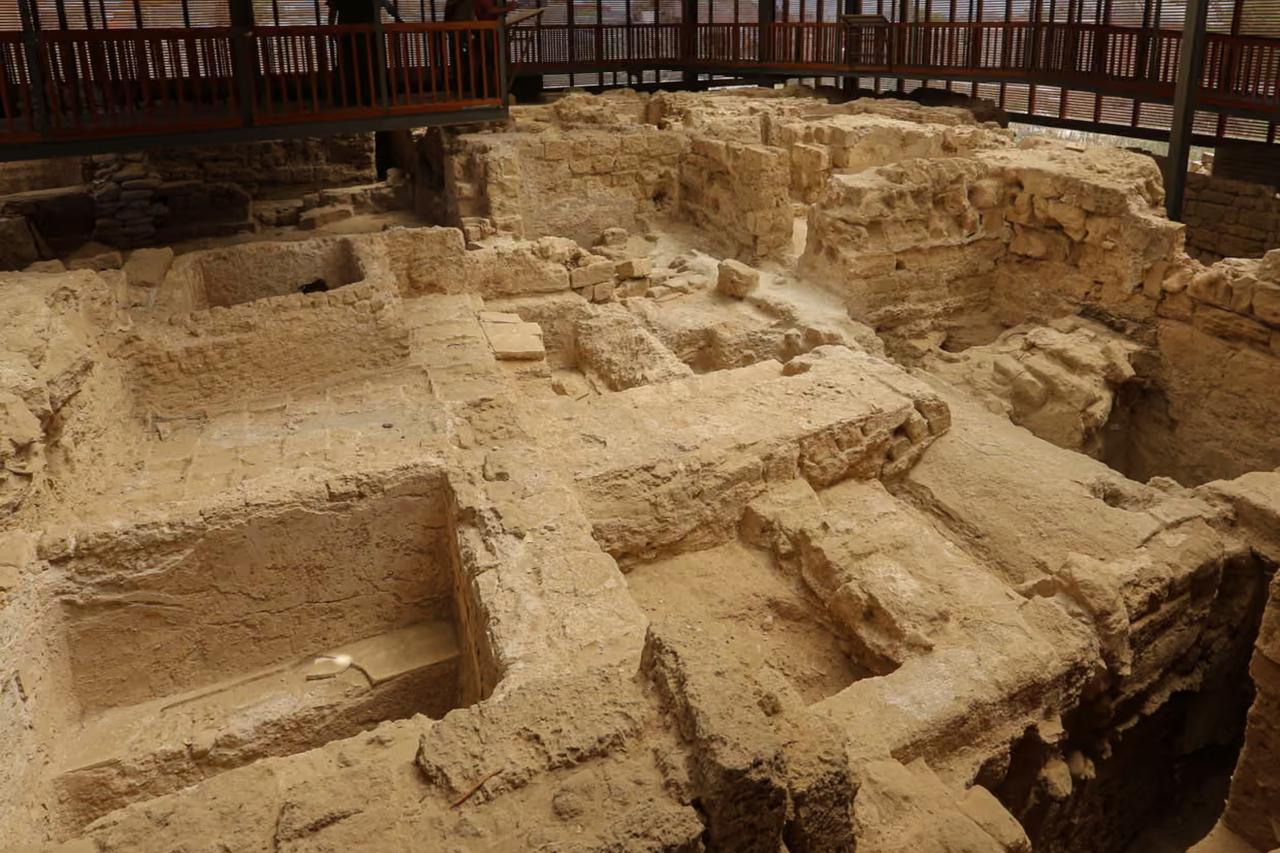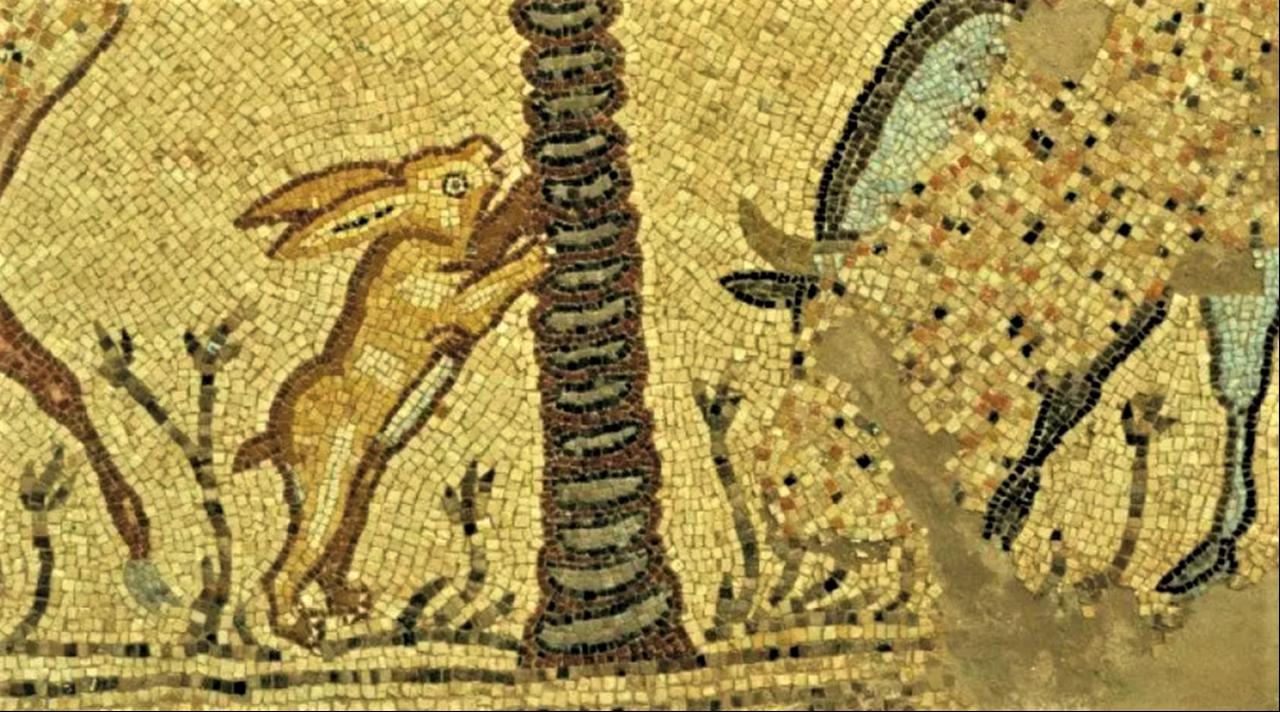
Artifacts collected over the past three decades were moved from a building in Gaza City that is under threat of Israeli bombardment, according to the French Biblical and Archaeological School of Jerusalem (EBAF)—an institute responsible for the artifacts.
"This was a high-risk operation, carried out in an extremely dangerous context for everyone involved—a real last-minute rescue," said Olivier Poquillon, director of the EBAF.
On Wednesday morning, Israeli authorities ordered EBAF—one of the oldest academic institutions in the region—to evacuate its archaeological storehouse located on the ground floor of a residential tower in Gaza City that was on the target.
The Israeli army did not confirm the warning when asked by Agence France-Presse (AFP), but several sources said France, UNESCO, and the Latin Patriarchate of Jerusalem played a key role in securing a brief reprieve that allowed most of the artifacts to be removed.
"With almost no international actors left on the ground, no infrastructure, nothing functioning, we had to improvise transport, labor and logistics," said Poquillon.
He said the evacuation was conducted under strict secrecy, driven by the organization’s overriding concern to protect human life as Israeli forces pressed operations in the territory’s largest urban center.
The depot contained around 180 cubic meters of finds from Gaza's five main archaeological sites, including the fourth-century Saint Hilarion Monastery, listed as a UNESCO World Heritage site.
All of these sites have been damaged, EBAF said, expressing concern for "unique" mosaics left exposed despite their fragility.

Experts stress that Gaza’s soil bears witness to successive civilizations spanning 5,000 years—from the Bronze Age through the Greeks, Romans, Persians, and Islamic era to Napoleon’s campaign—making the territory not just a point on the map but a crossroads of human civilization.
The rediscovery of Gaza’s past began in the aftermath of the 1993 Oslo Accords. Two years later, the newly established Gaza antiquities service launched its first excavation in partnership with EBAF, uncovering remains of the ancient Greek port of Anthedon and a Roman necropolis.
Poquillon emphasized that Gaza possesses “an exceptionally ancient heritage, of great value to the region, reflecting the succession and coexistence of diverse peoples, cultures and religions.”
He noted that of the two museums in Gaza, one has been destroyed while the other has sustained severe damage since the outbreak of the war nearly two years ago.
Researchers told AFP that aside from scattered ruins highly vulnerable to bombardment, the EBAF storehouse was the only significant repository of artifacts left in the Palestinian territory.
Excavations stalled after Hamas seized power in 2007 and Israel imposed a blockade, resuming years later with support from the British Council and French nongovernmental organization (NGO) Premiere Urgence Internationale (PUI).
Now, with Israel contemplating a full takeover of Gaza and ceasefire talks stalled, archaeologists say prospects for renewed excavations are remote.
UNESCO, which has already documented damage to 94 heritage sites in Gaza through satellite imagery—including the 13th-century Pasha’s Palace—has not yet been able to conduct a comprehensive inventory.
“We managed to save a significant portion, but in any rescue operation, there are inevitable losses and painful decisions to be made,” said Rene Elter, an archaeologist affiliated with EBAF and scientific coordinator for PUI.
He noted that the depot had particular value because the collections had been systematically catalogued.
“Although many items were broken or lost, they had been photographed or sketched, ensuring that the scientific record is preserved,” Elter explained.
“Perhaps the only lasting trace of Gaza’s archaeology will be found in books, academic publications, and libraries,” he added.